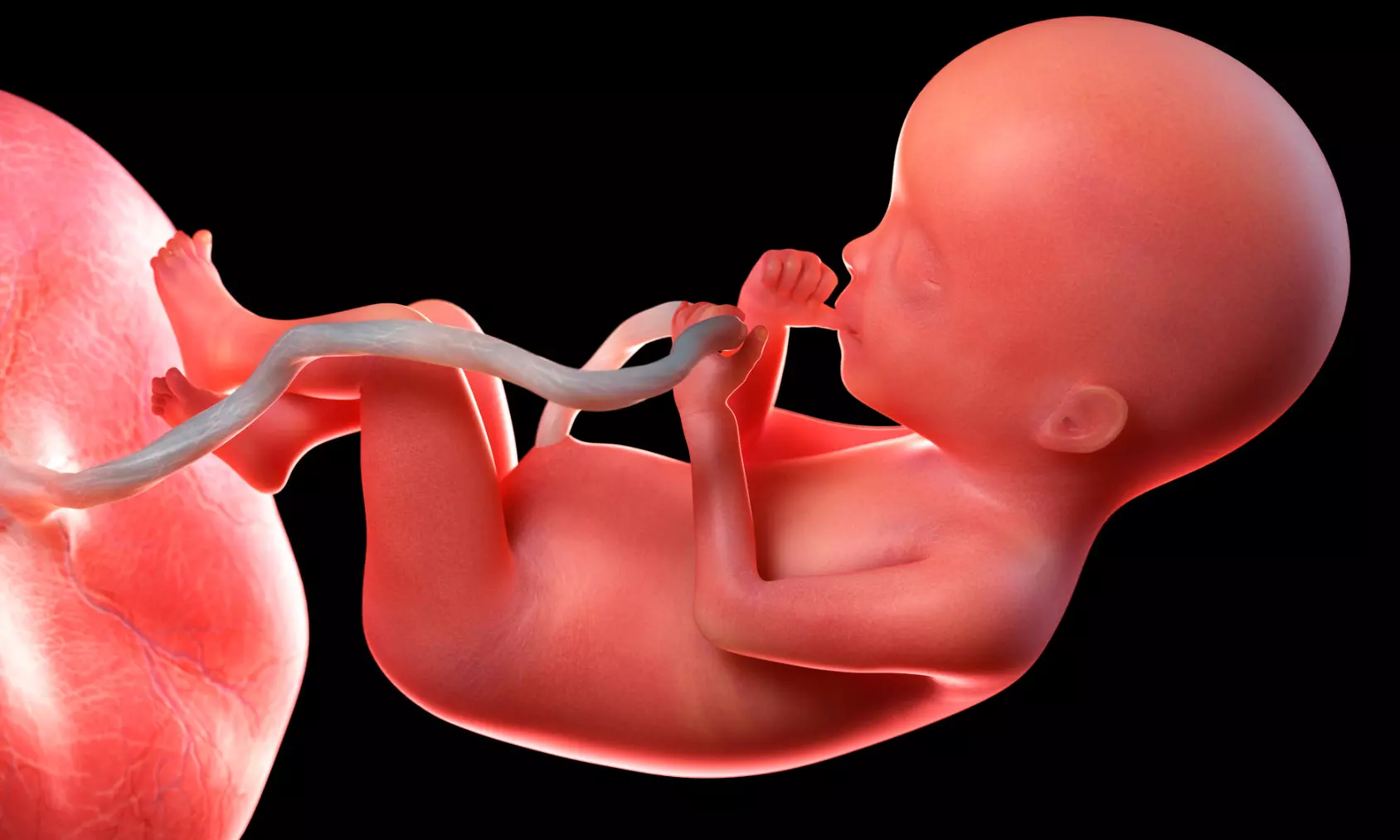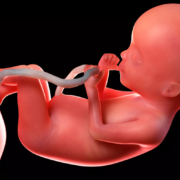
Integrating extra-uterine placental transfusion (EUPT) and intact-cord stabilization (ICS) during cesarean sections (CS) poses significant advantages for both term and preterm infants, facilitating smoother physiological transitions to extra-uterine life. Recent Research identified a critical need for delayed cord clamping (DCC), as it has been linked to reductions in intraventricular hemorrhage, anemia, and neurodevelopmental deficits in various studies. However, the standard practice of cutting the umbilical cord immediately often complicates infant stabilization, particularly in emergency or preterm CS where equipment is not readily accessible at the operating table.
Protocol Development Challenges
The intervention aimed to develop a protocol for EUPT paired with ICS and physiology-based cord clamping (PBCC), rooted in a systematic literature review revealing a lack of robust existing evidence for the efficacy and feasibility of these methods in CS. Obstacles to implementing such practices typically revolve around maintaining sterility and preventing maternal blood loss while ensuring effective neonatal resuscitation.
Pilot Testing Logistics and Training
Pilot testing involved assessing logistics, workflow, and the clinical environment necessary to employ this new approach. A systematic training of involved personnel through simulation sessions helped identify key challenges— including maintaining sterile technique amidst the complexities of CS, managing infant temperature to avert hypothermia, and communication between the surgical team and neonatal staff. Notably, the application of a dry-electrode ECG device (NeoBeat™) allowed enhanced heart rate monitoring, though it raised concerns regarding sterility.
Data Collection and Outcomes
Data collected indicated that EUPT and ICS were successfully completed in 26 out of 29 cases, though time frames for placental delivery and cord clamping sometimes exceeded set criteria. Mean arterial blood volume transfer from placenta to infant varied, indicating that the timing for intervention measures can be significantly inconsistent during actual clinical circumstances, thus necessitating further adjustments.
Implications and Future Directions
The findings suggest that while the protocol is functionally feasible and does not compromise either maternal or infant safety significantly, there are numerous procedural refinements needed to optimize workflow. Staff feedback from pilot testing emphasized the importance of managing the surgical environment to maintain sterility while ensuring effective stabilization of the infant. The study underscores the potential of EUPT and ICS to enhance neonatal outcomes during CS, though larger scale studies are required for conclusive evidence, particularly concerning preterm infants.
Key Points
– EUPT and ICS integration during cesarean sections improves physiological transition for both term and preterm infants, while standard immediate cord clamping often complicates infant stabilization, particularly in emergency cases or when equipment is not readily available.
– Development of a protocol for EUPT and ICS, along with PBCC, faces challenges such as maintaining maternal sterility and preventing blood loss while ensuring effective neonatal resuscitation, reflecting a current gap in robust evidence regarding their feasibility in cesarean section contexts.
– Pilot testing revealed specific logistical challenges, necessitating a systematic approach to training personnel. Key issues identified included maintaining sterility amid surgical processes, preventing infant hypothermia, and ensuring effective communication between surgical and neonatal teams.
– Successful implementation of EUPT and ICS was recorded in 26 of 29 cases, but the variability in arterial blood volume transfer timing highlighted inconsistencies and the need for protocol adjustments to achieve targets in clinical environments.
– Feedback from trial participants indicated that while the protocol’s feasibility was evident and did not significantly compromise safety for mothers or infants, further refinements are essential to streamline workflow and maintain sterile conditions.
– The study points towards the significant potential of EUPT and ICS to improve neonatal outcomes during cesarean sections, underscoring the need for larger-scale research to validate findings, particularly in the context of preterm infants.
Reference –
Elisabeth Saether et al. (2025). Extra-Uterine Placental Transfusion And Intact-Cord Stabilisation Of Infants In Caesarean Sections: An Intervention Development And Pilot-Study (INTACT-1). *BMC Pregnancy And Childbirth*, 25. https://doi.org/10.1186/s12884-025-07641-w.






